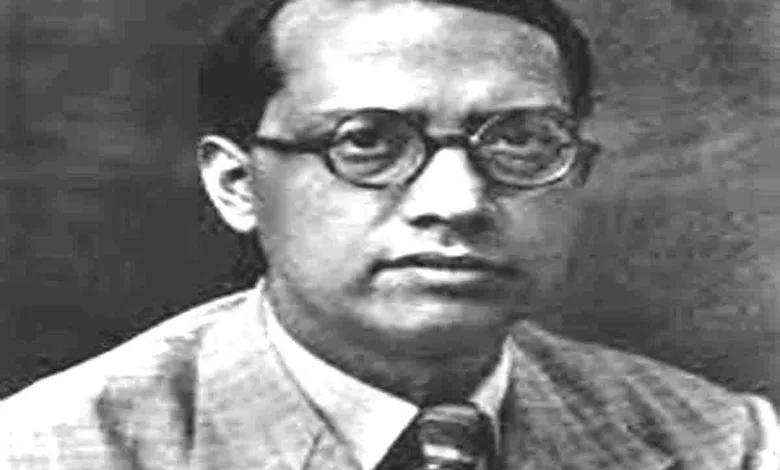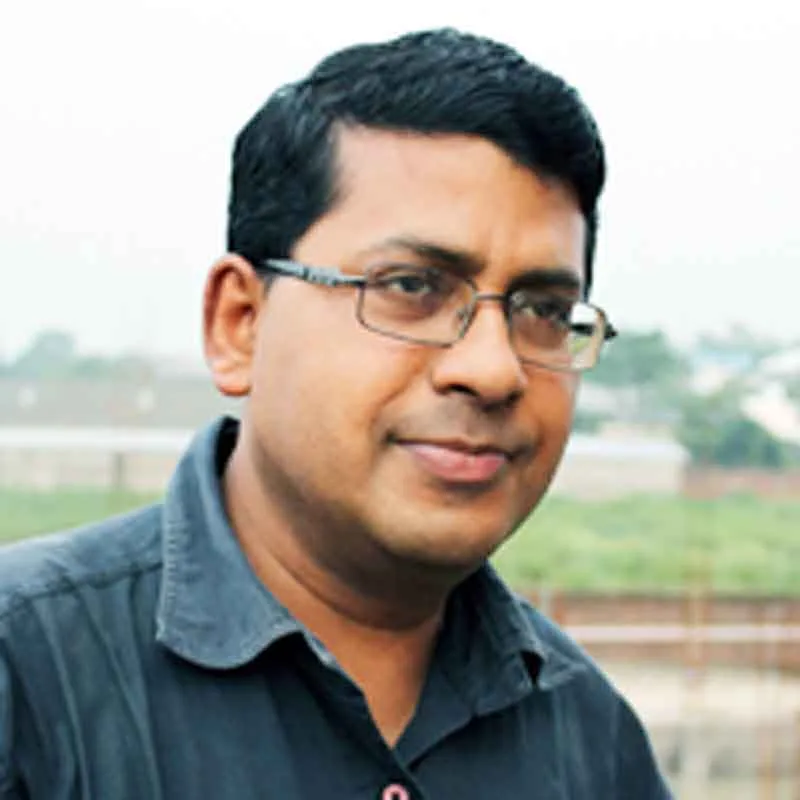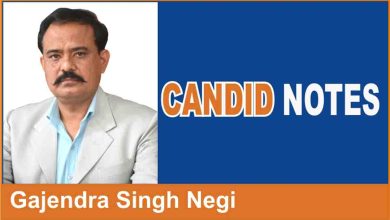Free India’s maiden election: A colossal exercise that baffled the West

VIEWPOINT
 Romit Bagchi
Romit Bagchi
Impatient to hold the first general election of free India as soon as possible, the then Prime Minister Jawaharlal Nehru told the first chief election commissioner of the country Sukumar Sen to take the plunge a few days after the latter’s appointment. The Constitution had come into effect in January 1950, making India a Sovereign Democratic Republic, ending its subservient stature as a Crown Colony. An ICS who had been the chief secretary of West Bengal, Sen was called to head the poll body established a day before the Constitution was enforced.
Soon after his appointment, the Representation of the People Act was passed in the Parliament for firming up the framework of election by preparing electoral rolls.
The challenge faced by Sen was stupendous. Known for his keenness to take up any challenge head-on in the interest of the nation that endeared him to all prominent nation-builders across the political/ideological spectrum, he pleaded for time to put things in order. Nehru who had earlier insisted on the first election be held in the spring of 1951 accepted his arguments.
His role in setting off the tone for the democratic exercise was admiringly acknowledged by the 17th chief election commissioner of India SY Quraishi in his book ‘An Undocumented Wonder: The Great Indian Election’. “The first elections of 1952 under Sen were pivotal because they set the standard for all subsequent elections. Sen started from scratch. There was no staff, permanent or temporary; no infrastructure; no training facilities; no institutional memory… Sen started with a clean slate.”
The former President Pranab Mukherjee said while addressing the inaugural Sukumar Sen Memorial Lectures hosted by the Election Commission of India: “Largely due to Sukumar Sen… apart from Panch Sheela, the most impressive gift we have given to Asia in the first decade of our freedom is the system of elections. Every political party has reason to remember Sukumar Sen with gratitude.”
His success was acknowledged internationally when he was asked to organise the first elections in Sudan, a former British colony. He spent 14 months in the Afro-Arabic nation, organising the elections while drawing upon his electoral experiences in India. His success in India and Sudan put India on the terra firma of democracy, as per the ECI’s archival literature.
To understand the international unrest and internal uncertainties India faced when the first general elections were conducted from October 25, 1951 to February 21, 1952, let us look back on history.
When the elections were about to begin the then Prime Minister of Pakistan Liaquat Ali Khan was assassinated, shoving the country towards the first of its many military dictatorships. Around this time, the then racist South African government stripped the Cape Coloured ethnic people-the last non-white people who had had the rights to vote in that country- of their voting rights followed closely by the assassination of then Prime Minister of Iran Ali Razmara-a reformist- by a fanatic. Further, with China having come under the Communist dictatorship following the 1949 Revolution, Chinese intrigues to annex Tibet were sharpening when the world’s second most populous country was gearing up to become the largest democracy in the world.
The internal situation was no less challenging. Nehru was then not the undisputed leader of the Congress with those opposed to his unapologetic secularist modernisation agenda striving to get in the driver’s seat in the organisation and the government though weakened by Vallabhbhai Patel’s demise.
Besides, two towering members of the Nehru cabinet Shyma Prasad Mookerjee and B R Ambedkar resigned from the government and formed their own parties Bharatiya Jana Sangh and Scheduled Castes Federation respectively.
When electioneering started, people from vast swathes of the land were staring famine in the eyes with the food grain supply from abroad having stopped. To add to the woe of the Nehru government, States with surplus stock refused to send them to the deficit regions. Nehru’s biographer S Gopal writes: “Touring the ravaged districts of Bihar, Nehru is reported to have shed tears at the sight of emaciated children. ‘Why do you shout slogans in my praise when I cannot feed you to keep you strong?’”
There was also the appalling anathema of illiteracy. As per the mandate, any Indian citizen 21 years or above of age residing in a particular constituency for more than 180 days were eligible to vote from that constituency. After the electoral rolls were prepared, it was found that there were 17.32 crore registered voters with 84 per cent of them being unlettered.
Let me quote S Gopal again. “Nehru had laid, in a vast and diffuse country, the foundations of representative government and, at a time when the United States was bolstering petty dictators all over the Asian continent, showed that a poor, battered, ill-educated people could operate a sophisticated process of democratic rule.”
The audacity the nation-builders displayed in the teeth of insurmountable challenges in enabling the people to choose their own representatives through nationwide elections on universal adult suffrage seemed too much for the western observers to digest.Winston Churchill had scornfully said before the dismantling of colonial rule in India. “…in handing over the government of India to these so-called political classes, we are handing over to men of straw, of whom, in a few years, no trace will remain”. In line with Churchillian cynicism, the Cassandras of Doom predicted imminent failure of India’s experiment with democracy.
Significantly, the illiterate and famished India gave its people- men and women alike- an equal vote in its maiden tryst with the representative democracy while it took the conceited champions of Western democracy many years to enfranchise women.
No less significantly, in the much-vaunted Western democracies, elections see two or three parties in fray whereas in ill-fed, ill-clad and ill-housed India, the first elections-held in 68 phases in a total of 1,96,084 polling booths set up across 14 new states and six union territories, excluding Jammu and Kashmir,- saw participation of 53 registered political parties, including 14 national parties, contesting with verve and vigour 489 seats for the Lok Sabha.
Another interesting feature of the country’s first Lok Sabha election is that 314 out of 489 parliamentary constituencies were single- member constituencies while 172 were double-member constituencies and three were triple-member constituencies. The double-member constituencies included one general category candidate and one SC or ST candidate while the triple-member constituencies contained one candidate of each category. This system was done away with in the 1960s.
A total of 1874 candidates, including 533 independents, contested. Elections were fiercely competitive and there were on an average more than four candidates for each seat. The level of participation was encouraging too, as 44.8 per cent of the registered voters turned out to vote.
Sukumar Sen hailed the first election in free India as “the biggest experiment in democracy in human history- an act of faith, faith in the common man of India and in his practical common sense,a great and fateful experiment unique in the world in its stupendousness and complexities.”






